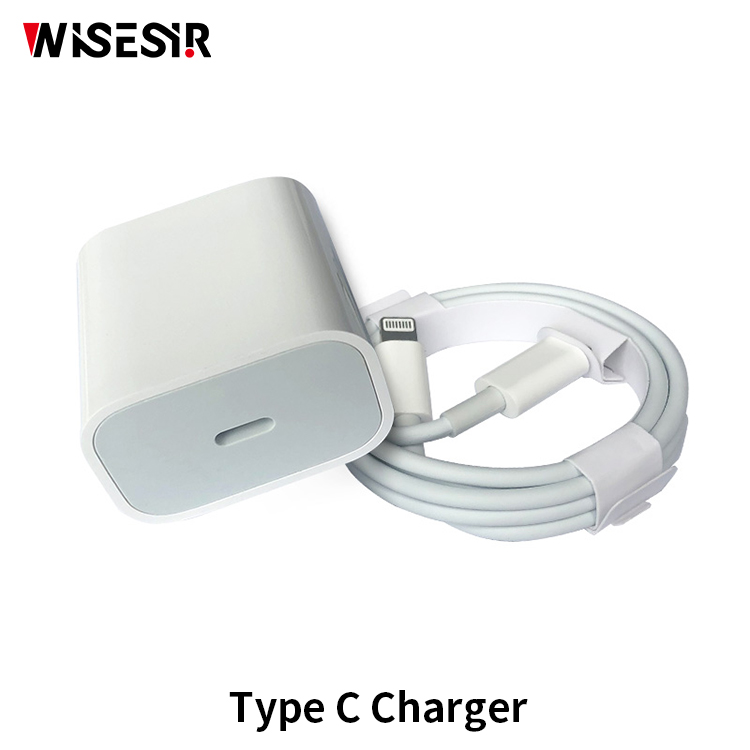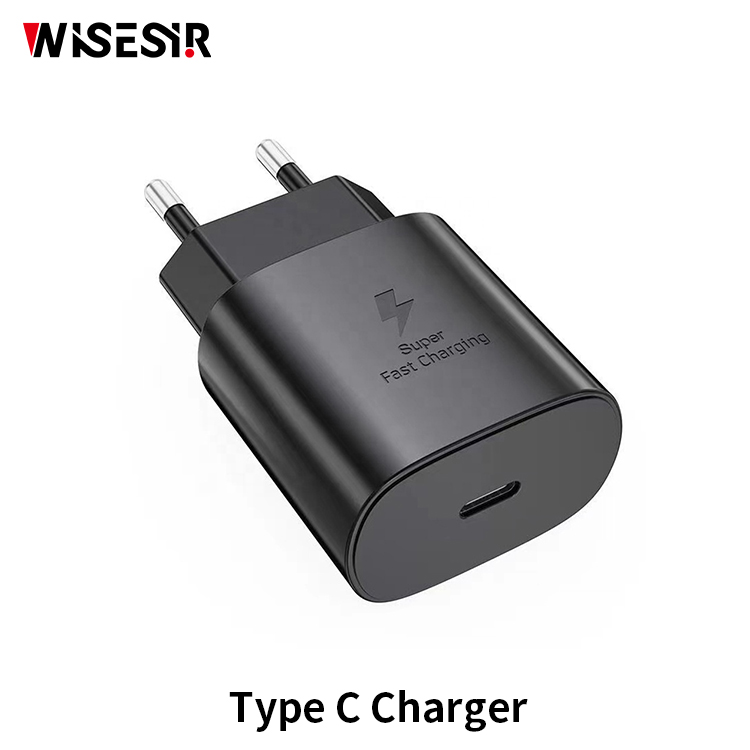![]()
Photocoupler
Do you know which equation Elisa uses to fit the standard curve? Many people are confused about this. According to recent analysis from our technical team, here’s what we found:
In the low-concentration region of the S-curve, a power equation often provides a good fit. For low and medium concentrations, a linear equation is typically used. In the intermediate range, a logarithmic equation works well, while for the middle and higher concentrations, a four-parameter logistic model is most suitable. In immunoassays, the standard curve may involve diluted or undiluted samples. Ideally, there should be a direct relationship between concentration and the corresponding OD value. If a linear relationship is achieved, Excel can easily generate the curve and calculate the sample concentration accordingly.
When it comes to fitting the standard curve, various methods like linear, quadratic, cubic, exponential, and logarithmic equations are commonly used in ELISA and other biological assays. However, these models are usually applied to specific parts of the curve—some work better in the early part, others in the later section, and some in the middle. The four-parameter logistic (4PL) model, on the other hand, offers a more comprehensive fit across the entire curve. It performs particularly well over a wide range, making it ideal for accurate quantification.
For an S-shaped curve, the middle portion is generally the most reliable for quantification, as the flat regions at both ends can lead to larger calculation errors. The term “standard curve†in immunoassay is essentially a fitted curve. Currently, the most widely accepted method globally is the four-parameter logistic fitting. This approach accurately captures the relationship between concentration and absorbance, allowing for more precise determination of target substance concentrations in samples.
However, it's important to note that ideal conditions are rare in real-world immunoassays. The relationship between concentration and OD often follows an S-shaped curve. In such cases, linear fitting isn't suitable, and choosing the right fitting method becomes essential. The key is to identify which part of the S-curve you're interested in and select the appropriate model. While the middle region is still preferred for quantification, building a model and applying it for real results are two different things.
Although no single method works perfectly for all cases, each has its own advantages. And it's not just ELISA—many other biological reactions also produce sigmoidal curves, which can all be effectively modeled using logistic regression.
Our company offers thousands of ELISA kits, tens of thousands of antibodies, and nearly 10,000 top-tier products covering various fields of life science research, including molecular biology, immunology, and cell biology. To save you time, we also provide testing services. If you're interested in purchasing an ELISA kit, feel free to contact our sales team at Shanghai Hengyuan Biological Company.
Type C Charger
Type C Charger
Type-C Charger also call USB-C charger.A charger with one or more USB-C ports can be connected to the USB-C cable.The type-C charger can be used to quickly charge many popular devices, including the MacBook Pro and Nintendo Switch, and transfer data faster than any other USB type.The Type C charger is the newest and most widely available charger.


Type C Charger,Anker Power Port Atom,Xcentz Portable Charger,Usbc Wall Adapter
Pogo Technology International Ltd , https://www.wisesir.net


